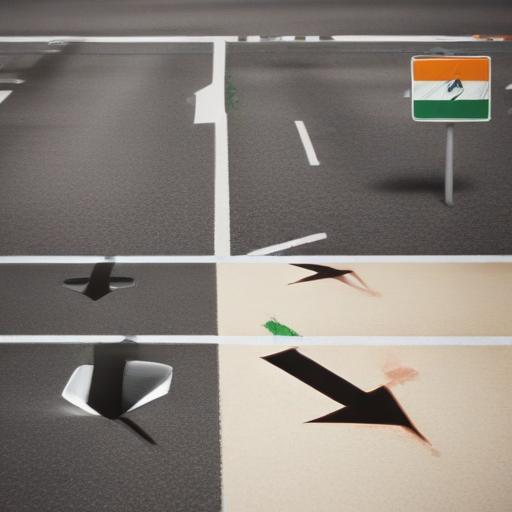Summary: As ties between India and the United States face fresh strains over trade and strategic calculations, analysts say both nations have too much at stake to let a volatile period derail a relationship that has underpinned global growth, India’s development, and U.S. interests. While past cooperation—notably the 2005 nuclear deal—helped India assert itself on the world stage, the path ahead will require renewed diplomacy, trust-building, and shared economic and security objectives.
India and the United States stand at a delicate crossroads. The narrative of warmer cooperation that followed the landmark nuclear understanding of 2005—a pact that ended decades of technology denial and boosted India’s energy security while preserving a credible deterrent—has faced headwinds in recent times. Bipartisan momentum once kept the long-standing agreement on track, even as occasional frictions emerged, such as the 2013 diplomatic strip-search incident and a high-profile case in which India was accused of involvement in a murder-for-hire plot. Yet overall, the relationship retained its forward march, reflecting a broader convergence in strategic interests.
Today, however, mounting trade tensions and strategic calculations around Pakistan have punctured the gloss of a seamless partnership. The spectacle of aggressor posturing or public disagreements can threaten trust at key moments when both sides need to align on technology transfers, defense collaboration, and energy partnerships. Still, the basic calculus remains robust: both nations stand to gain from stability, diversified supply chains, and a shared approach to regional and global challenges. In a world where China’s assertiveness looms large, a resilient India-U.S. partnership is widely viewed as a cornerstone of regional balance and global growth.
What can help ride out the storm? Several practical paths emerge for policymakers on both sides:
– Re-energize high-level dialogue across core domains: defense, trade, technology, energy, and climate cooperation. Regular, structured conversations reduce the risk of misperception and help align on contentious issues before they escalate.
– Keep back-channel and discreet diplomacy alive: quiet diplomacy can bridge gaps where public rhetoric widens divides, preserving space for compromise while protecting national reputations.
– Preserve and expand economic convergence: resilient trade and investment ties, along with collaboration on critical supply chains, can create mutual incentives to de-risk rather than decouple. Projects in energy and technology that offer clear, near-term benefits can act as anchor points.
– Build confidence through concrete, deliverable steps: joint demonstrations of cooperation in areas like renewables, nuclear energy collaboration, space, cybersecurity, and advanced manufacturing can restore trust and show tangible gains.
– Frame security interests around shared stability: even when disagreements surface on policy toward Pakistan or regional security, a shared emphasis on restraint, predictability, and escalation management can prevent crises from spiraling.
– Leverage multilateral and regional forums: coordinated positions on global challenges such as climate change, counter-terrorism, and technology norms can reinforce the partnership and create a wider safety net.
Why this matters beyond the two capitals? A robust India-U.S. relationship is a stabilizing force for global growth, energy diversification, and technological innovation. It supports India’s development goals while giving the United States a reliable partner for addressing complex challenges—from supply chain resilience to regional balance in South Asia. In a time of shifting alliances and rapid technological change, sustaining a constructive partnership can steer both nations toward shared prosperity and strategic steadiness.
A hopeful, forward-looking view is that the current friction will push both sides to recalibrate rather than retreat. If leaders choose disciplined diplomacy, measured concessions, and a clear emphasis on outcomes that benefit broad swathes of their populations, the “perfect storm” can become a turning point—refining the partnership into a more resilient, diversified, and mutually beneficial alliance.
In short, the India-U.S. relationship remains a linchpin of global growth and regional stability. The smarter path is to translate current tensions into renewed cooperation, ensuring that the partnership endures and thrives in an era of rapid change.
